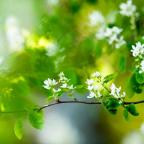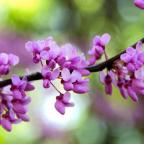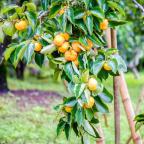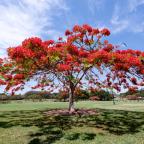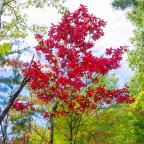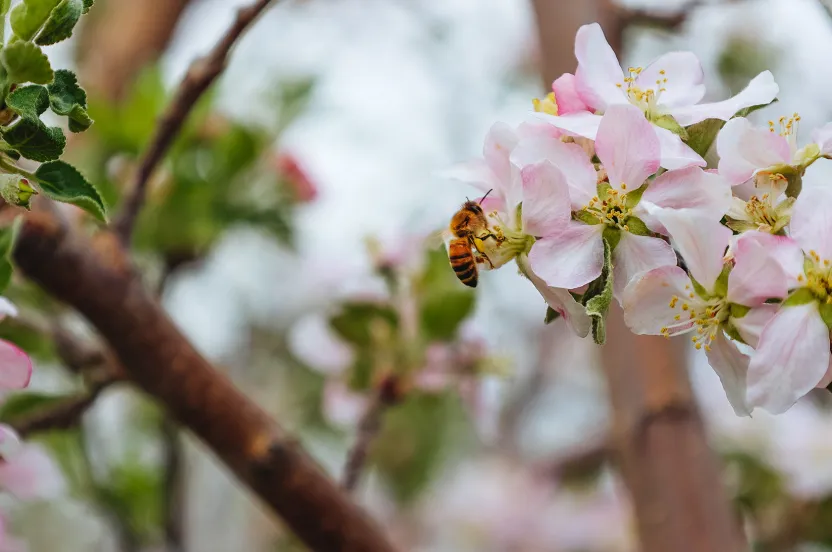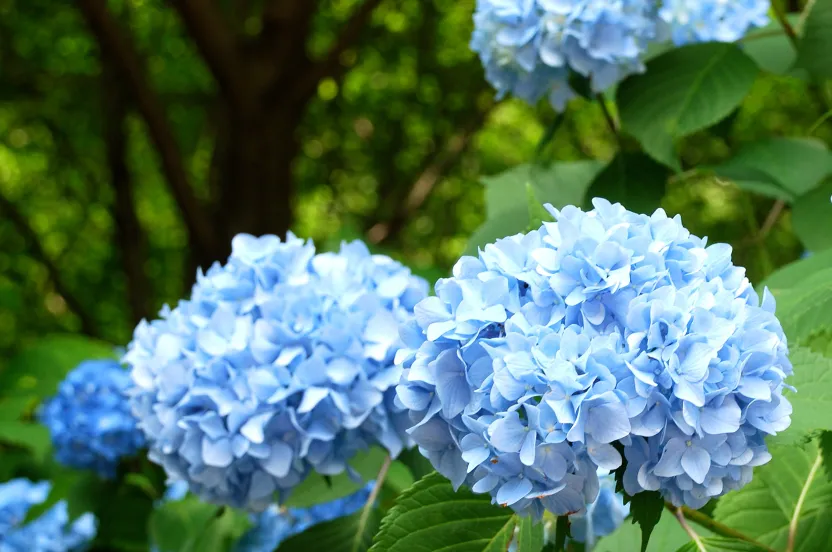Now live: The 2025 Canopy Report. Learn how Americans see trees. GET THE REPORT
Design
Trees with Multi-Season Color
A tree's ornamental characteristics like flowers, fall color, and colorful fruit are important in how it fits into a well-designed landscape.

Information provided April 2015, courtesy of the Bayer Advanced Healthy Trees for Life initiative. Bayer®, the Bayer Cross® and Bayer Advanced™ are trademarks of Bayer.
